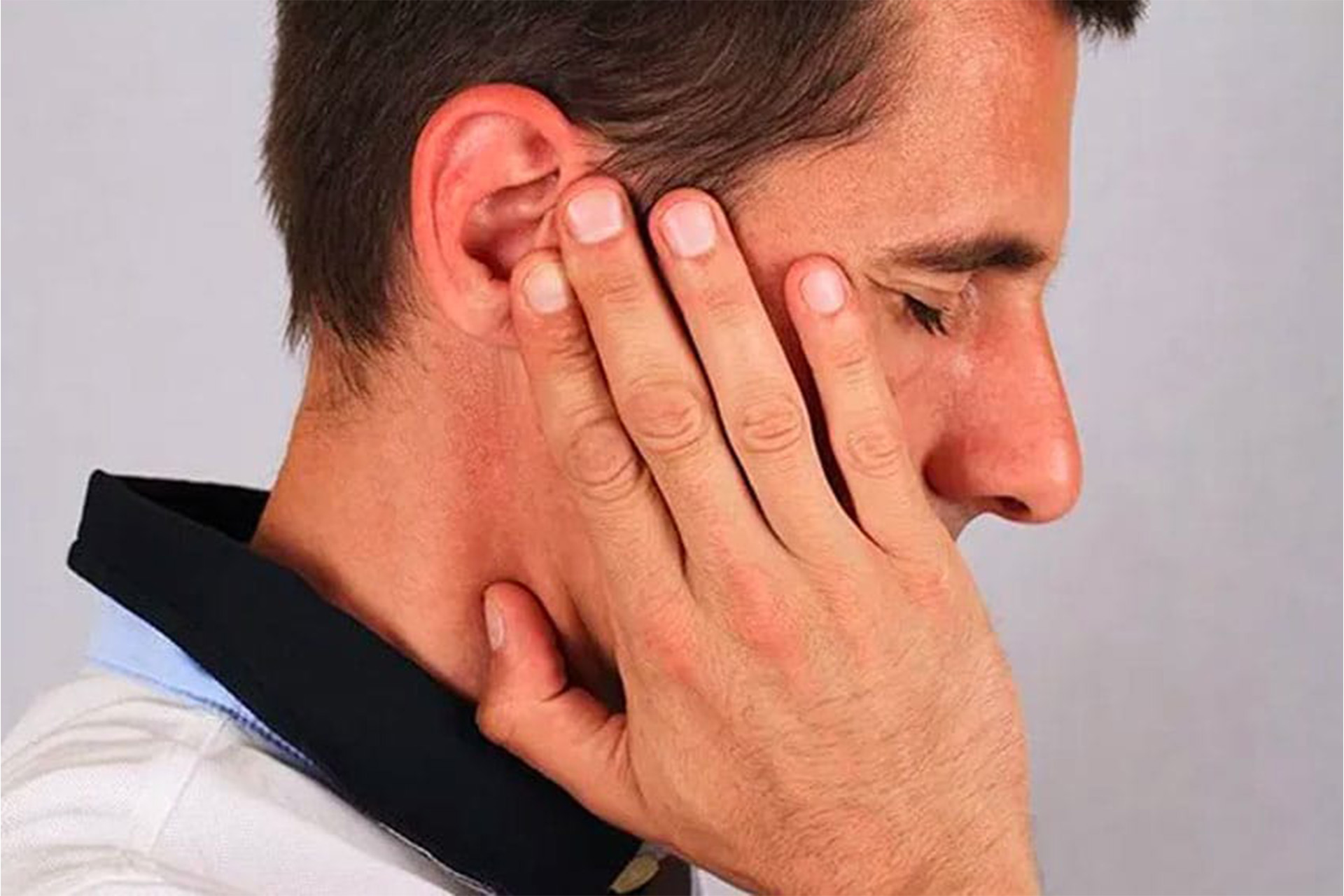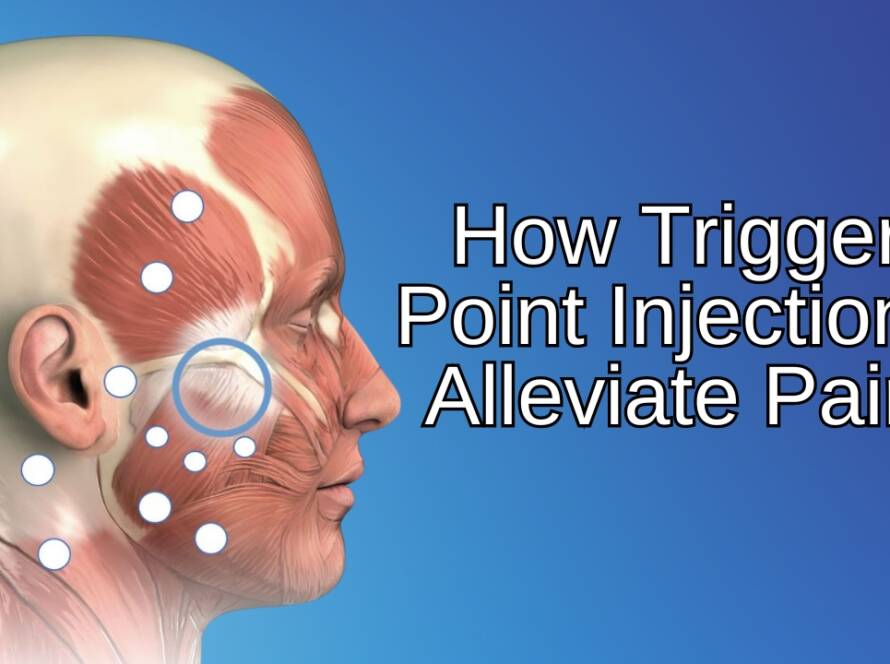J
Jaw locking usually implies that the jaw joint is stuck either open or closed. Closed jaw locking (when someone is unable to open the jaw sufficiently) is the common variety. It is usually preceded by jaw clicking. Fortunately, majority of patients who suffer from clicking do not have jaw locking. Jaw clicking occurs in about 30-40% of adults while jaw locking (closed) occurs in 2-8%. The scientific term for closed jaw locking is articular disc displacement without reduction. If someone has articular disc displacement without reduction but they are able to move their jaw normally, it DOES NOT require treatment as it does not worsen with time. Treatment is warranted only if there is accompanied discomfort (pain or trouble moving the jaw).
TMJ stands for Temporomandibular Joint. The joint complex consists of the mandible (lower jaw), maxilla (upper jaw) and the joint complex (articular disc, ligaments, capsule, synovial fluid). Movement of the jaw involves a coordinated effort between the two joints, muscles and other tissues.
When someone has jaw locking and associated discomfort, an occlusal orthotic is recommended. The purpose of the occlusal orthotic appliance is to allow the joint complex to function better. While the occlusal orthotic appliance looks like a mouthguard, they are made differently. A mouthguard is usually made to protect teeth and it does not take into consideration how the jaw force vectors are directed A mouthguard is a soft or hard material processed over top or bottom teeth while an occlusal orthotic is made taking into consideration the mechanics of the teeth, muscles and joint. Occasionally, jaw locking requires other modalities such as joint injections, physical therapy, anti-inflammatory medications etc.



